Exam 2- Math 210
1/47
There's no tags or description
Looks like no tags are added yet.
Name | Mastery | Learn | Test | Matching | Spaced |
|---|
No study sessions yet.
48 Terms
Addition: Combine Scenario
2 collections of objects are combined
subtraction: take away scenario
objects are removed from a group
subtraction: missing addend scenario
additional objects are needed to reach a desired total
subtraction: comparison scenario
one group is matched against another
multiplication: repeated addition scenario
groups of identical size are combined
multiplication: array/area scenario
a grid or rectangle is created
multiplication: cartesian product scenario
different types of items are “mixed and matched”
division- repeated subtraction scenario
objects are separated into groups of known size
Division- Partitioning scenario:
objects are separated into a known number of groups
What scenario is this? Jeff has 8 apples and Carrie has 6. How many do they have together?
addition: combine scenario
What scenario is this? Jeff had 5 apples and gave Carrie 2. How many does he have left?
Subtraction: Take-away scenario
What scenario is this? Carrie has 2 apples and needs 5 for a recipe. How many more does she need?
Subtraction: Missing Addend Scenario
What scenario is this? Carrie has 5 apples and Jeff has 2. How many more does she have than he does?
Subtraction: Comparison scenario
What scenario is this? Shawn has 4 bags of 6 marbles. How many marbles does he have altogether?
Multiplication: Repeated addition scenario
What scenario is this? Belinda’s classroom has 6 rows of 4 desks. How many desks are there altogether?
Multiplication: Array/Area Scenario
What scenario is this? Belinda has 6 blouses and 4 skirts that go together. How many different outfits can she make?
Multiplication: Cartesian Product scenario
What scenario is this? Shawn has 12 cookies to put into bags of 3. How many bags can he make?
Division: Repeated subtraction scenario
What scenario is this? Shawn has 12 cookies to give to 3 friends. How many will each friend get?
Division: Partitioning Scenario
Algorithms
step by step process for doing something
For repeated subtraction, what two things are the same kind?
dividend and divisor
For partitioning scenario, what two things are the same kind?
dividend and quotient
manipulatives
physical objets we can handle and move to act out/represent math processes
What are the three main types of manipulatives for working with place value?
1) Concrete: see physical trades- base 10 blocks
2) Abacus (representational)
3) Place value card- blank piece of paper with columns representing each place value
Algorithms for adding whole #s
standard, scratch, base 10 blocks, place value cards
Algorithms for subtracting whole #s
standard and balancing (equal addends)
Algorithms for multiplication
standard, area model, lattice, partial products
scenario
setting/context
-for word problem that helps child choose whether to add or subtract or divide or multiply with the numbers they see
numeration system
set of rules for how to write #s (numerals)
state what key features hindu arabic has
10 digits
uses place value
number
idea of how many
numeral
how we write a number
place value
means where a digit occurs in an numeral-offsets how much it is worth
base ten
digit to the left is worth 10x as much to the right
egyptian numeration key features
7 digits
uses a variation of base 10
Egyptian numeral for one
| :staff
Egyptian numeral for ten
n: heel bone
Egyptian numeral for hundred
scroll
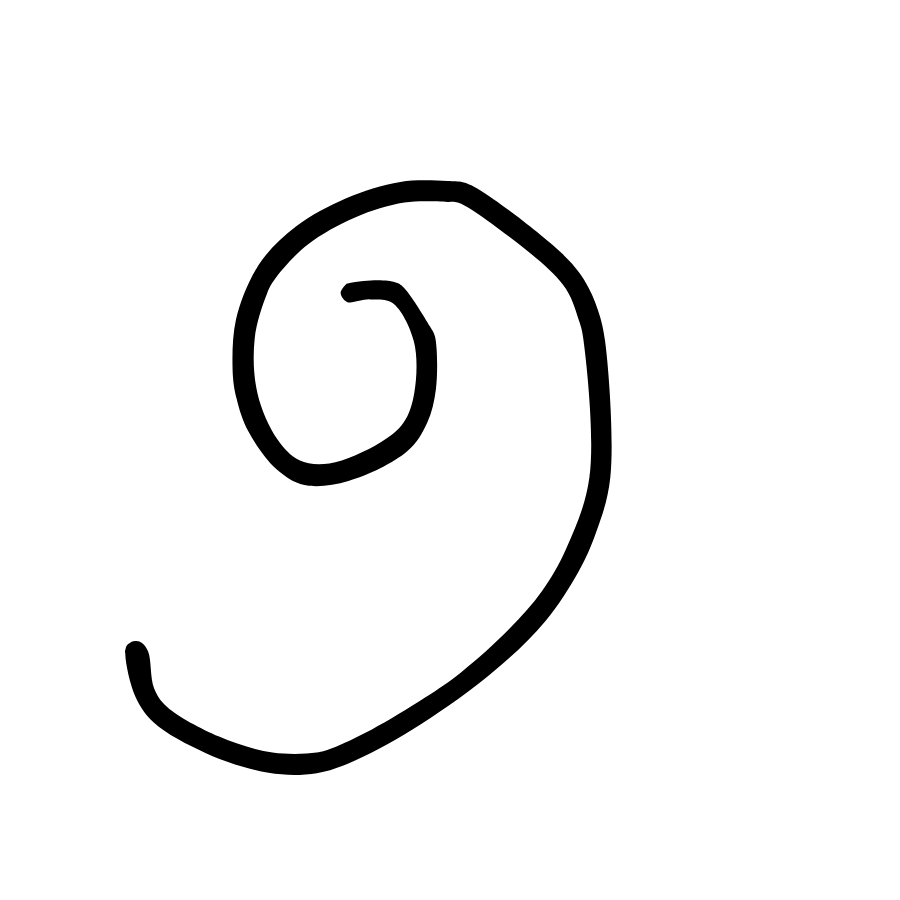
Egyptian numeral for thousands
lotus flower
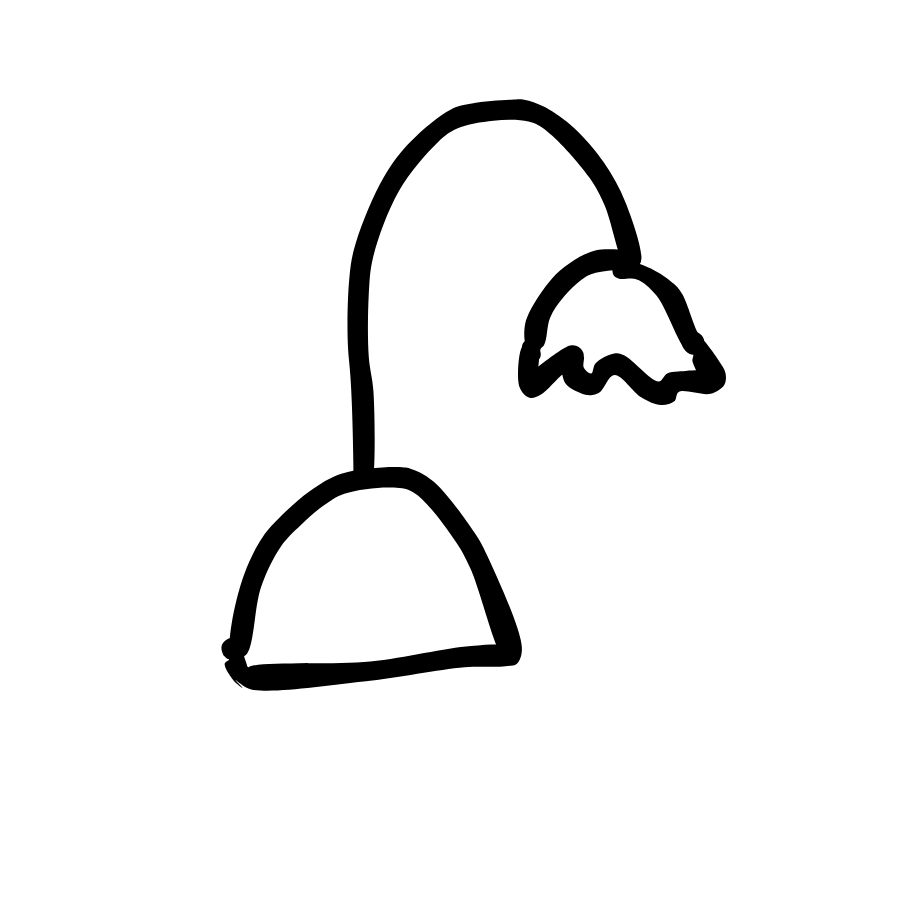
Egyptian numeral for ten thousand
pointing finger
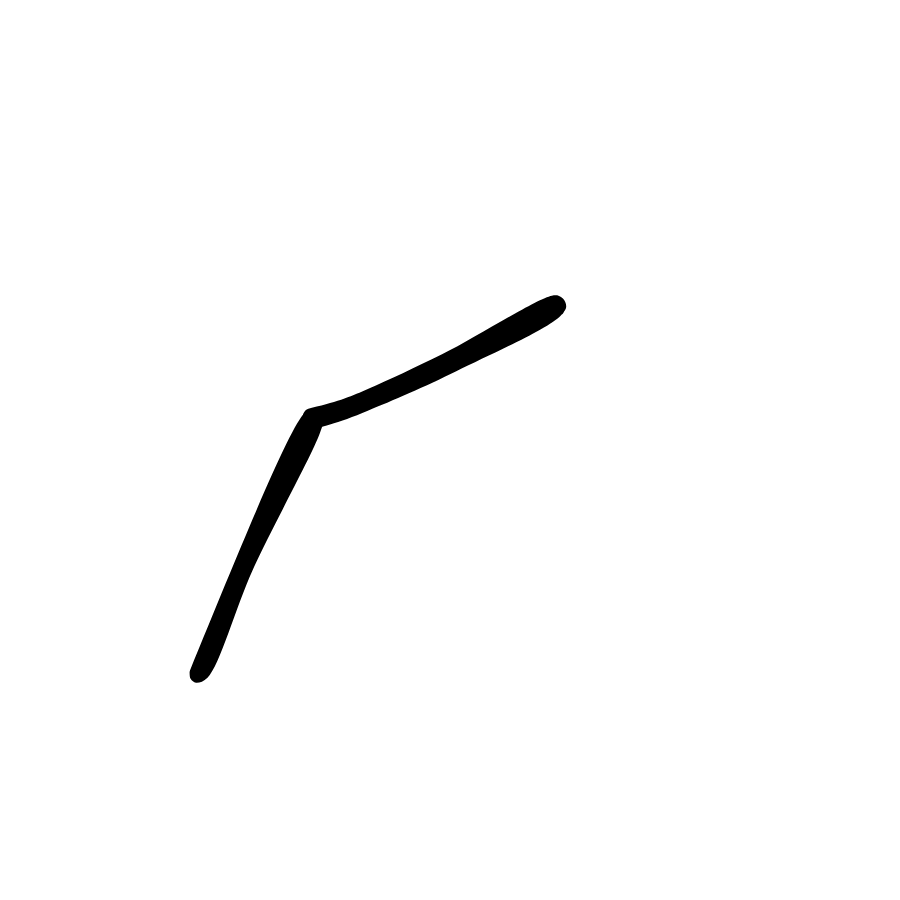
Egyptian numeral for hundred thousand
tadpole
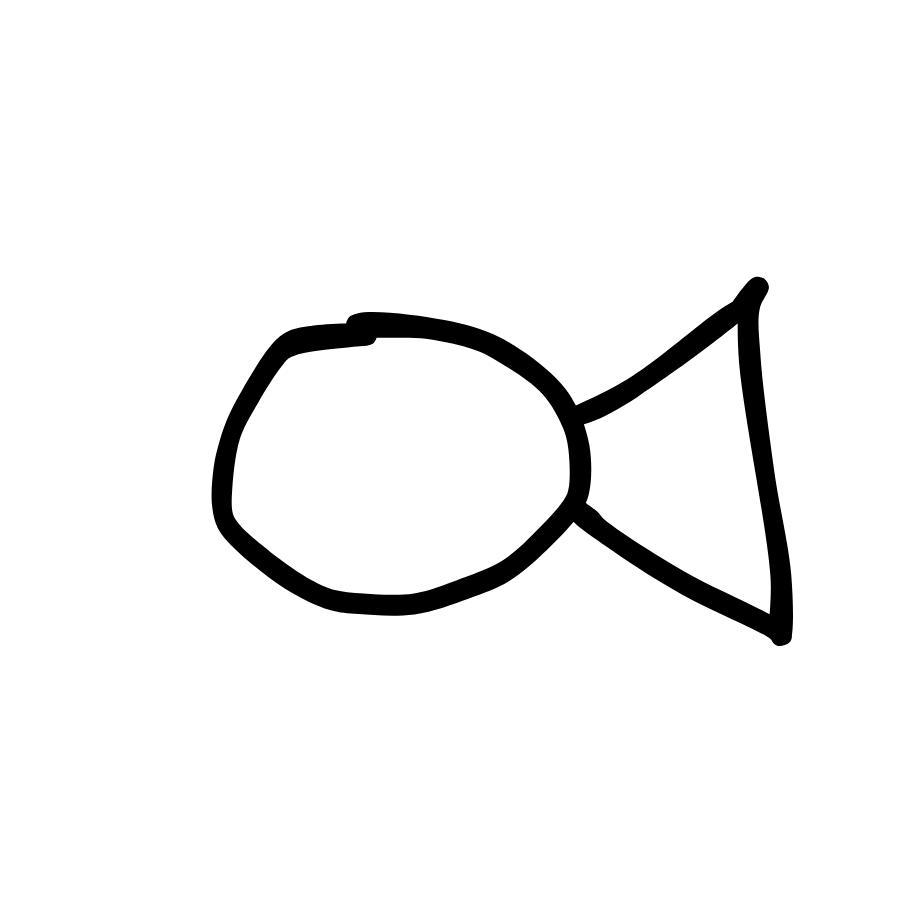
Egyptian numeral for million
astonished person
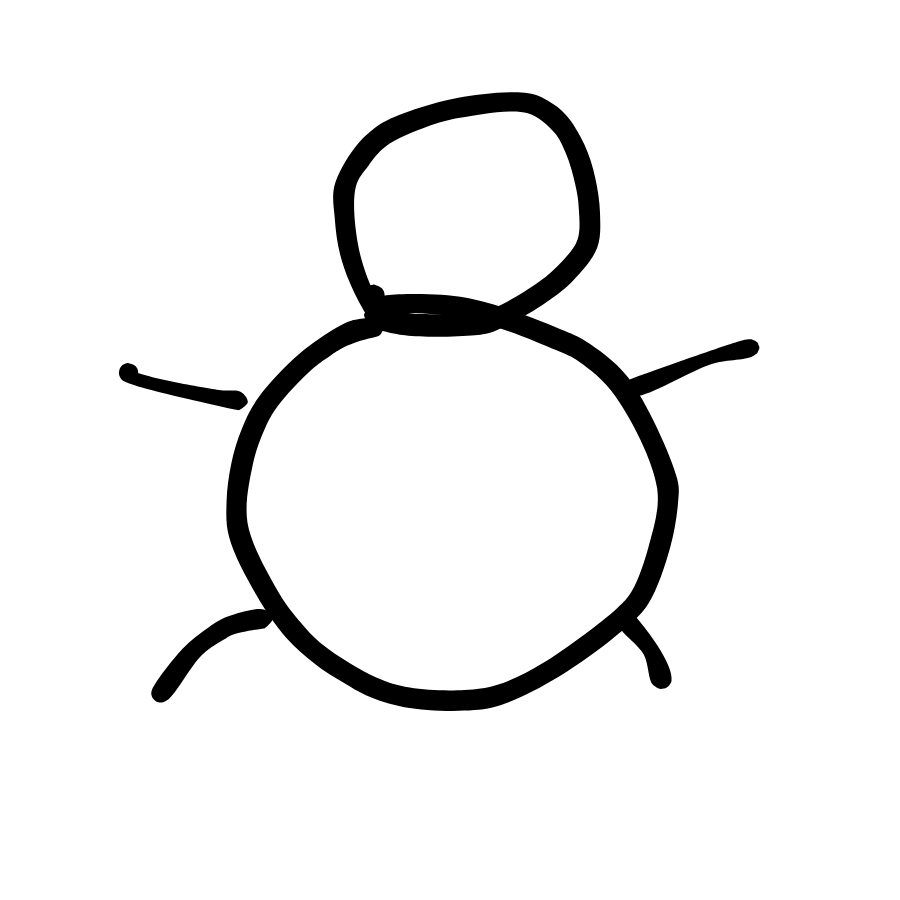
x-2y=8 is what
equation
3-5+7=5 is what
number sentence
3-5+7 is what
expression
an equality does what
gives an answers
an equation does what
gives an answer and uses variables
a number sentence does what
gives an answer and only shows numbers
an expression does what
not show an answer